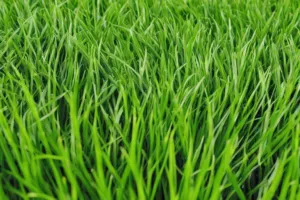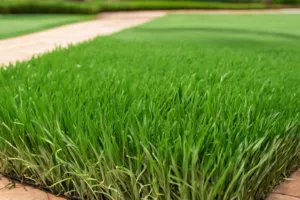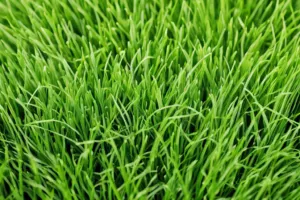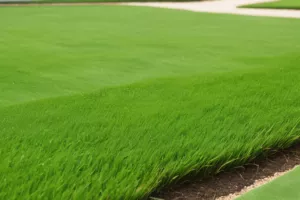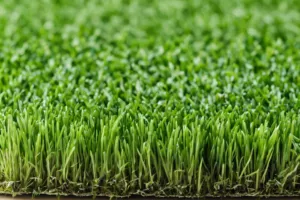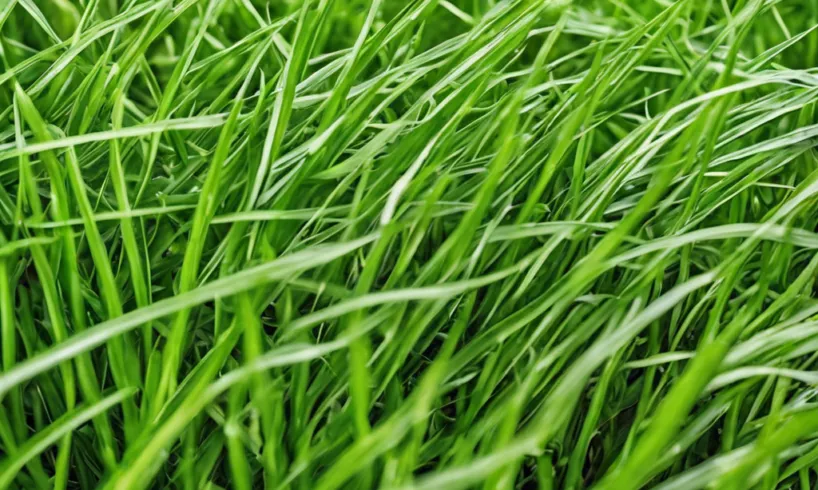
Understanding Zoysia Grass
Zoysia grass is a warm-season turfgrass that is native to Asia but has become popular in many parts of the world due to its heat and drought tolerance. Despite its many appealing qualities, some people mistakenly categorize Zoysia grass as a weed. This misperception often arises from its aggressive growth habit which, while advantageous in some respects, can also make it invasive under certain conditions.
Benefits of Zoysia Grass
Heat and Drought Tolerance
One of the primary benefits of Zoysia grass is its exceptional heat and drought tolerance. This grass has a deep root system, enabling it to access moisture deep within the soil, which helps it withstand dry conditions better than many other grass species.
Dense Growth Pattern
Zoysia grass grows densely and spreads quickly. This trait not only provides a lush, carpet-like lawn but also helps to crowd out weeds. This dense growth pattern, however, can also lead to the misconception of Zoysia grass being a weed.
Components of Zoysia Grass that Contribute to its Characteristics
Deep Root System
A significant aspect of Zoysia grass that contributes to its resilience is its deep root system. This not only aids in drought tolerance but also helps the grass recover quickly from damage.
Stolons and Rhizomes
Zoysia grass spreads by both stolons (above-ground stems) and rhizomes (below-ground stems). This dual mode of spreading contributes to its aggressive growth habit, which can sometimes lead to it invading areas where it’s not wanted.
Considerations for Specific Situations
While Zoysia grass has many benefits, there are situations where its use may not be ideal. For instance, in areas with heavy shade, Zoysia grass may not thrive as it prefers full sun. Additionally, because of its aggressive growth habit, it may not be the best choice for lawns that border flower beds or other areas where its spread needs to be contained.
Practical Advice for Managing Zoysia Grass
If you choose to plant Zoysia grass, there are measures you can take to manage its growth and prevent it from becoming invasive. Regular mowing can help keep its spread in check, and edging around flower beds and other areas can help contain it. Also, because Zoysia grass goes dormant in cooler weather, it’s best to plant it in the spring when it can establish itself before the cooler months.
In summary, while Zoysia grass can be aggressive and potentially invasive, these traits also contribute to its resilience and its ability to create a lush, weed-free lawn. By understanding its characteristics and taking steps to manage its growth, you can enjoy the benefits of Zoysia grass without it becoming a nuisance.

Bob Green, a passionate lawn care enthusiast with over two decades of landscaping experience, is this website’s proud owner. His vast knowledge of horticulture and dedication to helping homeowners maintain beautiful lawns are reflected in the valuable content he shares on his platform. John has always been interested in Agrostology.









